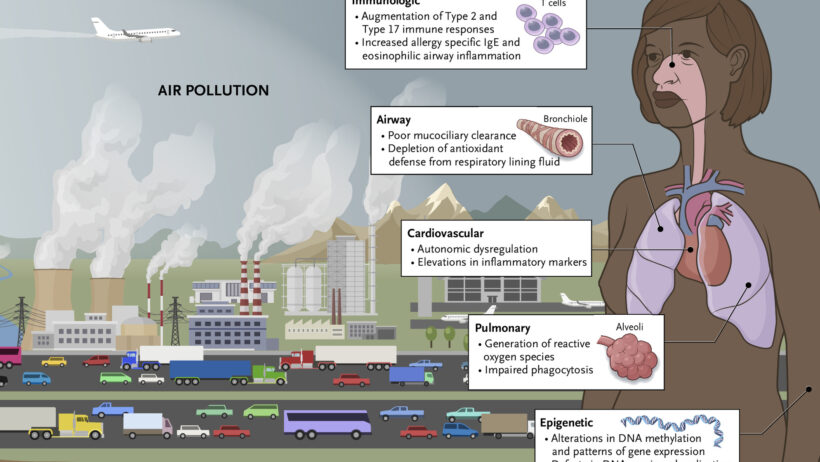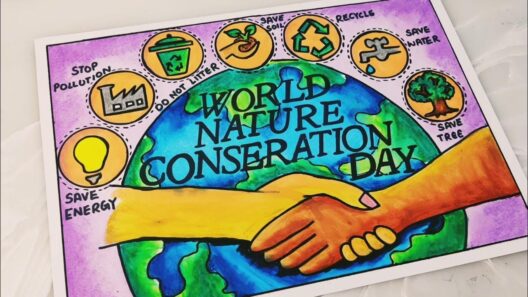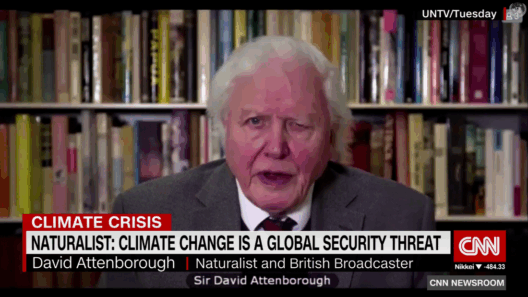As the globe continues to warm, the implications for air quality are becoming more alarming. Rising temperatures do not merely signify warmer summers or altered precipitation patterns; they engender a host of atmospheric changes that exacerbate air pollution. This discussion will elucidate the intricate relationship between global warming and worsening air quality, highlighting various pollutants, their sources, and the consequent health ramifications.
The foundation of understanding this issue begins with the types of air pollution prevalent today. Predominantly, air pollutants can be categorized into two classes: primary pollutants, which are emitted directly into the atmosphere, and secondary pollutants, which form through chemical reactions in the atmosphere. Among the most notorious primary pollutants are nitrogen oxides (NOx), sulfur dioxide (SO2), and particulate matter (PM). Secondary pollutants include ozone (O3), which is particularly problematic in urban environments.
Global warming catalyzes a series of environmental reactions that elevate the concentration of these pollutants. For instance, the rise in temperature intensifies the photochemical reactions that produce ground-level ozone. Ozone, while beneficial in the upper atmosphere as a protective layer against ultraviolet radiation, becomes a harmful irritant at lower altitudes. Increasing temperatures can lead to an uptick in ozone concentrations, thereby exacerbating respiratory ailments.
Moreover, heat waves—a direct consequence of climate change—result in stagnant air mass conditions, thereby preventing the dispersal of pollutants. This stagnation can lead to the accumulation of smog, a mixture of pollutants that can have severe implications for public health. In cities where traffic congestion and industrial activity are significant, the health challenge becomes even more pronounced during these heat events.
Additionally, wildfires and dust storms, phenomena made more frequent and intense by climate change, contribute substantially to diminishing air quality. Wildfires, fueled by prolonged drought periods and higher temperatures, release considerable amounts of carbon monoxide (CO), volatile organic compounds (VOCs), and particulate matter into the atmosphere. These particulates can travel thousands of miles, affecting areas far removed from the blaze itself and causing widespread respiratory problems.
Dust storms are another escalating hazard. With soil degradation and desertification exacerbated by climatic shifts, the frequency of dust storms is likely to rise. These storms can carry harmful particles that irritate the respiratory system, posing risks even to healthy individuals. The fine particulate matter can penetrate deep into lung tissue, triggering a cascade of health issues.
The health ramifications of this escalating air pollution are profound. Individuals suffering from pre-existing conditions such as asthma or chronic bronchitis are particularly vulnerable to air pollution exposure. The exacerbation of their conditions can lead to increased hospital admissions, a burden that extends not only to individuals but also to healthcare systems. Moreover, emerging data suggest that even those without prior respiratory issues may suffer from diminished lung function and other cardiovascular problems due to the persistent inhalation of poor air quality.
Vulnerable populations, including children, the elderly, and low-income communities, bear the brunt of these impacts. Children’s developing lungs and immune systems make them especially susceptible to the effects of air pollution, leading to long-term health consequences. The elderly may have weakened physiological responses to pollution, thereby amplifying risks associated with respiratory illnesses. Low-income communities often reside in areas with higher traffic and industrial emissions, which inevitably translates into greater exposure to pollutants.
Mitigating the dual crises of climate change and air pollution necessitates comprehensive strategies. Transitioning to renewable energy sources, such as wind, solar, and hydroelectric power, can significantly reduce emissions of both greenhouse gases and air pollutants. Implementation of stringent air quality regulations and promotion of energy efficiency in industries can further curtail pollutant emissions. Additionally, enhancing public transportation infrastructure can alleviate traffic congestion, thus decreasing the exhaust from vehicles.
Furthermore, public awareness and education play a pivotal role in addressing the air quality crisis. Communities should be informed about the sources of air pollution and the importance of reducing reliance on fossil fuels. Encouraging individuals to partake in local sustainability initiatives can foster a sense of collective responsibility, which can lead to meaningful change.
Each of these strategies contributes to the broader goal of achieving a sustainable environment where clean air is a fundamental right rather than a privilege. Yet, the interconnectedness of climate change and air quality underscores that one cannot effectively be addressed without attention to the other. Successful mitigation efforts will require collaboration across all sectors—government, businesses, and communities.
In conclusion, the relationship between global warming and air pollution is intricate and alarming. As temperatures rise, the consequences for air quality become increasingly dire, affecting individual health and societal well-being. Addressing these challenges requires coordinated action at multiple levels to ensure that the air we breathe is safe, clean, and conducive to a healthy human experience. The urgency to act has never been more pronounced; failure to do so will undoubtedly impose catastrophic costs on public health and future generations.








